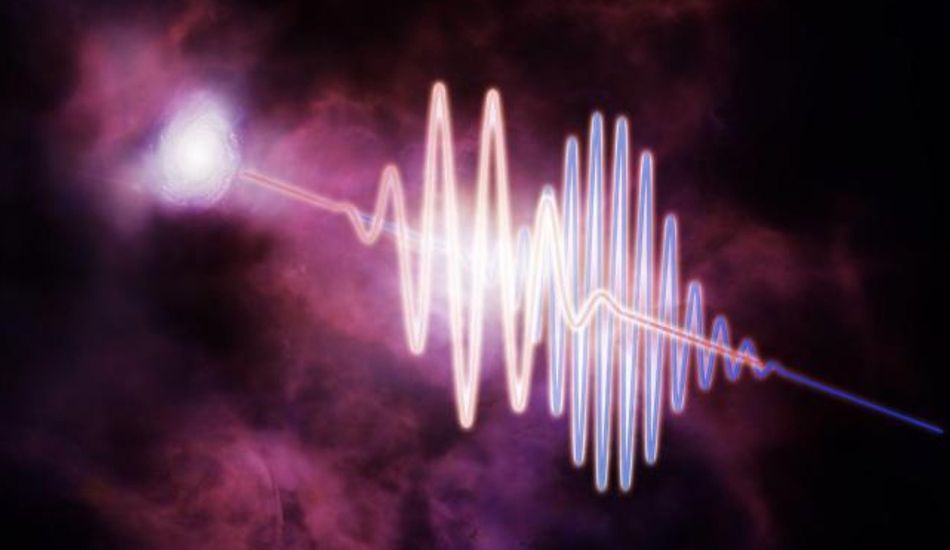
Astronomers Discover Location of Universe's Missing Baryonic Matter
For decades, a cosmic puzzle has vexed astronomers: where is all the ordinary matter? It's the stuff we're made of, the protons and neutrons that form atoms. Although calculations indicated it should constitute about 5% of the universe, a significant portion seemed to be missing, a problem that has now seemingly been solved.
A team of astronomers from the Center for Astrophysics Harvard & Smithsonian (CfA) and the California Institute of Technology (Caltech) believe they have pinpointed the location of this elusive matter. Their findings, published in Nature Astronomy, suggest that a staggering three-quarters of ordinary matter resides in the vast, low-density spaces between galaxies, existing as hot gas within the cosmic web.
According to CfA astronomer Liam Connor, the "missing baryon problem" wasn't about questioning the existence of the matter itself, but rather about its whereabouts. Now, thanks to the use of Fast Radio Bursts (FRBs), scientists know a significant chunk is floating between galaxies in the cosmic web.
Technically, baryonic matter encompasses anything composed of protons and neutrons, but in astronomical contexts, it often refers to all atomic matter, excluding dark matter and dark energy. While some of this matter resides in stars and the interstellar medium within galaxies, previous research had suggested the remaining portion existed as gas scattered throughout the intergalactic medium—the space between galaxies. The challenge? Measuring this diffuse, ionized gas is exceptionally difficult.
In this new study, the team leveraged FRBs: incredibly brief, yet powerful radio signals originating from distant galaxies. As these signals traverse the intergalactic medium, they slow down. By meticulously measuring this deceleration, the astronomers could deduce the amount of gas the signal had passed through. Their investigation encompassed 60 FRBs, originating from distances between 11.74 million light years and approximately 9.1 billion light years away. Notably, one of these FRBs, designated FRB 20230521B, was the most distant ever recorded.
The analysis of these FRBs has provided compelling evidence that approximately 76% of all baryonic matter resides in the intergalactic medium (IGM), with 15% in galaxy halos, and a smaller percentage within stars or cold galactic gas. While cosmological simulations had hinted at this distribution, this new research provides direct observational evidence, shedding light on the dynamics of matter across the universe.
Connor uses the analogy of a cosmic thermostat when describing the movements of this baryonic matter. Gravity pulls baryons into galaxies, but supermassive black holes and exploding stars can expel them back out, regulating the temperature. The findings of this study suggest that this feedback mechanism is highly efficient, effectively blasting gas out of galaxies and into the IGM.
Caltech astronomer and co-author Vikram Ravi emphasizes that FRBs are allowing us to perceive the Universe's structure and composition in an entirely new light, because these brief flashes allow scientists to trace the otherwise invisible matter that fills the spaces between galaxies.
As increasingly advanced telescopes come online, promising to detect thousands more FRBs, one can only imagine what other cosmic enigmas might soon be unraveled.
Source: Gizmodo